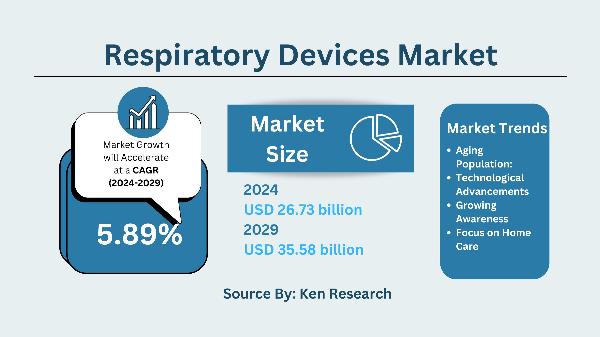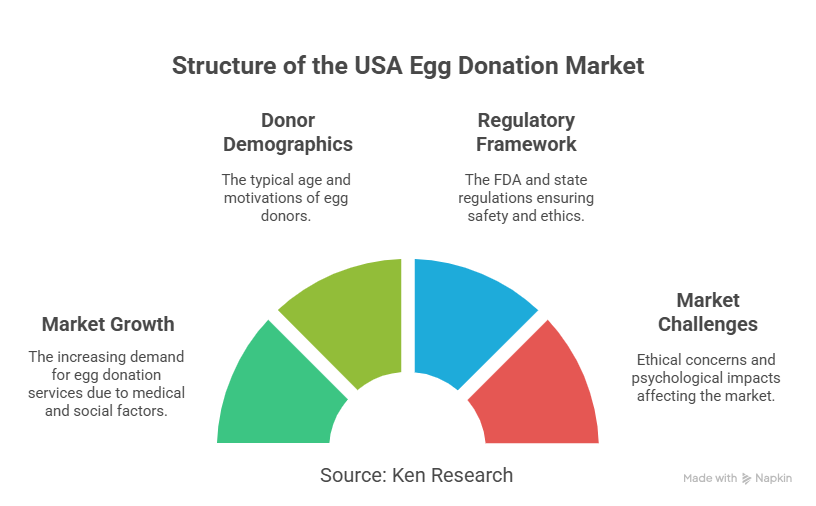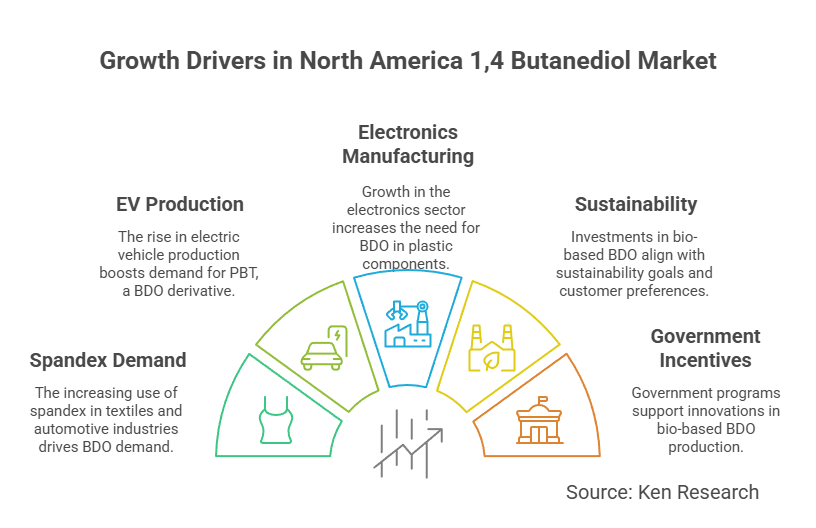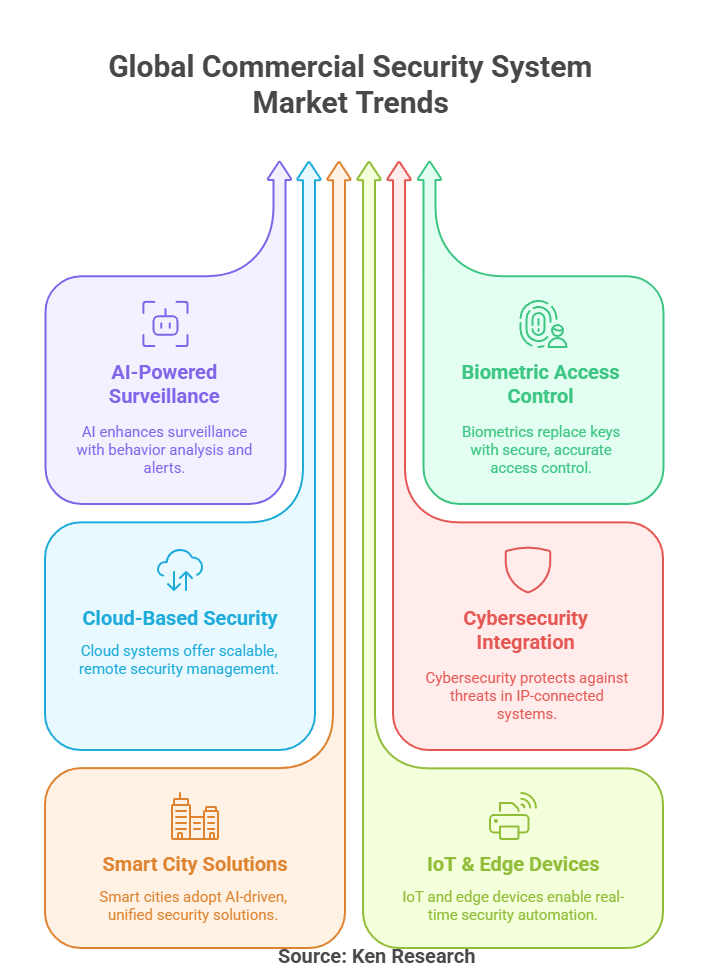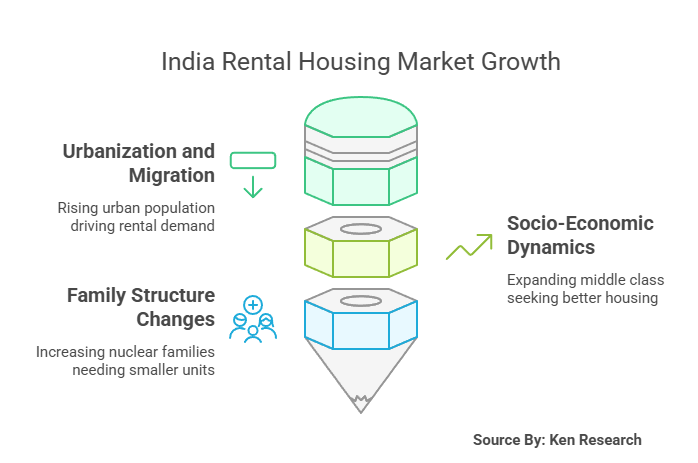The Emerging Trends Reshaping the Indian Fish Market Analysis
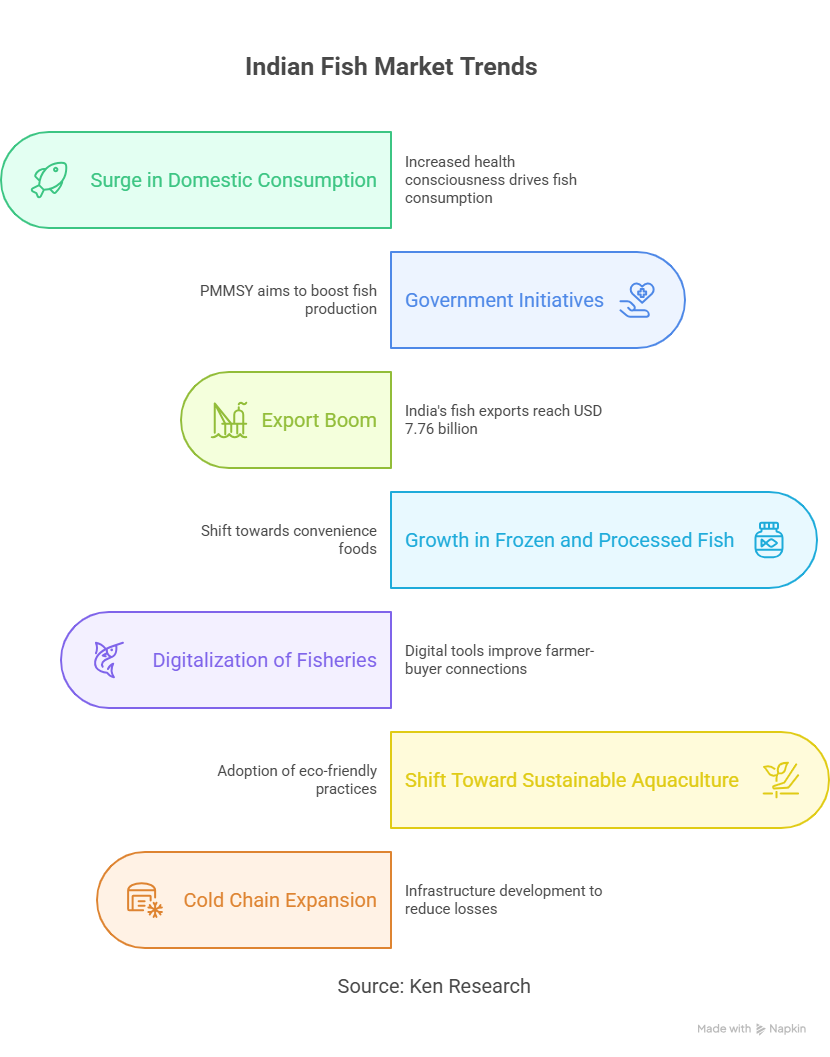
Strong 8k brings an ultra-HD IPTV experience to your living room and your pocket.
The Indian Fish Market, currently valued at USD 22.38 billion, is witnessing a major transformation, driven by a confluence of rising domestic consumption, government initiatives, export growth, and technology adoption. As India cements its position as a leading seafood exporter and domestic demand continues to rise, several critical trends are reshaping the future of the sector.
Explore the in-depth industry analysis of Indian Fish Market Report.
Surge in Domestic Consumption Backed by Government Initiatives
One of the most powerful growth engines for the Indian fish market is the sustained increase in domestic consumption. Rising health consciousness, along with urban consumers shifting toward protein-rich diets, has made fish a staple in many Indian households. The government’s flagship Pradhan Mantri Matsya Sampada Yojana (PMMSY), with a massive ₹20,050 crore outlay, aims to increase fish production to 22 million metric tons by 2025. It also supports cold chain development, infrastructure modernization, and employment creation, especially in coastal states like Andhra Pradesh, Tamil Nadu, and West Bengal.
Export Boom Led by Shrimp and Marine Products
India’s fish exports reached USD 7.76 billion in 2023, with key markets including the USA, EU, and Japan. Shrimps made up the lion’s share, with 780,000 metric tons exported, reinforcing India's reputation for high-quality seafood. Competitive pricing and quality standards have helped Indian exporters expand their global footprint. Companies like Avanti Feeds and Coastal Corporation are strategically strengthening their global presence, focusing on sustainable practices and compliance with international standards.
Rapid Growth in Frozen and Processed Fish Segments
While fresh fish remains dominant, there is a notable shift towards frozen and processed fish, driven by evolving urban lifestyles and increased availability of ready-to-eat seafood. Expanded cold storage capacity and food processing hubs, especially in urban and semi-urban areas, are enabling this transition. Consumers are now seeking convenience without compromising on nutritional value—making processed seafood an attractive proposition.
Digitalization of Fisheries Supply Chain
Digital tools are now revolutionizing India’s fisheries sector. Platforms like e-SANTA enable aquaculture farmers to connect directly with buyers, improving price realization and reducing intermediaries. In 2023, over 3,000 farmers joined such platforms, resulting in direct sales of over 500,000 metric tons of fish. Moreover, digital traceability is enabling better compliance with global export standards.
Shift Toward Sustainable Aquaculture Practices
With rising concerns over overfishing and habitat degradation, sustainability has become a top priority. The government and private players are investing in technologies like biofloc systems and Recirculating Aquaculture Systems (RAS). Over 200,000 hectares of aquaculture land in India transitioned to sustainable methods in 2023. These practices not only improve productivity but also open access to premium eco-conscious markets.
Cold Chain Expansion to Reduce Post-Harvest Losses
India loses up to 25% of fish production post-harvest due to lack of cold storage, costing the economy nearly ₹15,000 crore annually. To address this, government policies and private investments are increasingly targeting cold chain development, especially in Tier 2 and Tier 3 cities. This infrastructure expansion will be crucial in supporting both domestic supply chains and export logistics.
Conclusion: The Road Ahead for India’s Fish Market
The Indian fish market is undergoing a pivotal transformation. With strong policy support, technological integration, rising exports, and shifting consumer preferences, India is poised to become a global leader in sustainable aquaculture and seafood innovation. The next five years will see continued momentum across inland fisheries, frozen seafood, and digital supply chain solutions—making this sector one of the most dynamic components of India's agri-business ecosystem.
Note: IndiBlogHub features both user-submitted and editorial content. We do not verify third-party contributions. Read our Disclaimer and Privacy Policyfor details.



